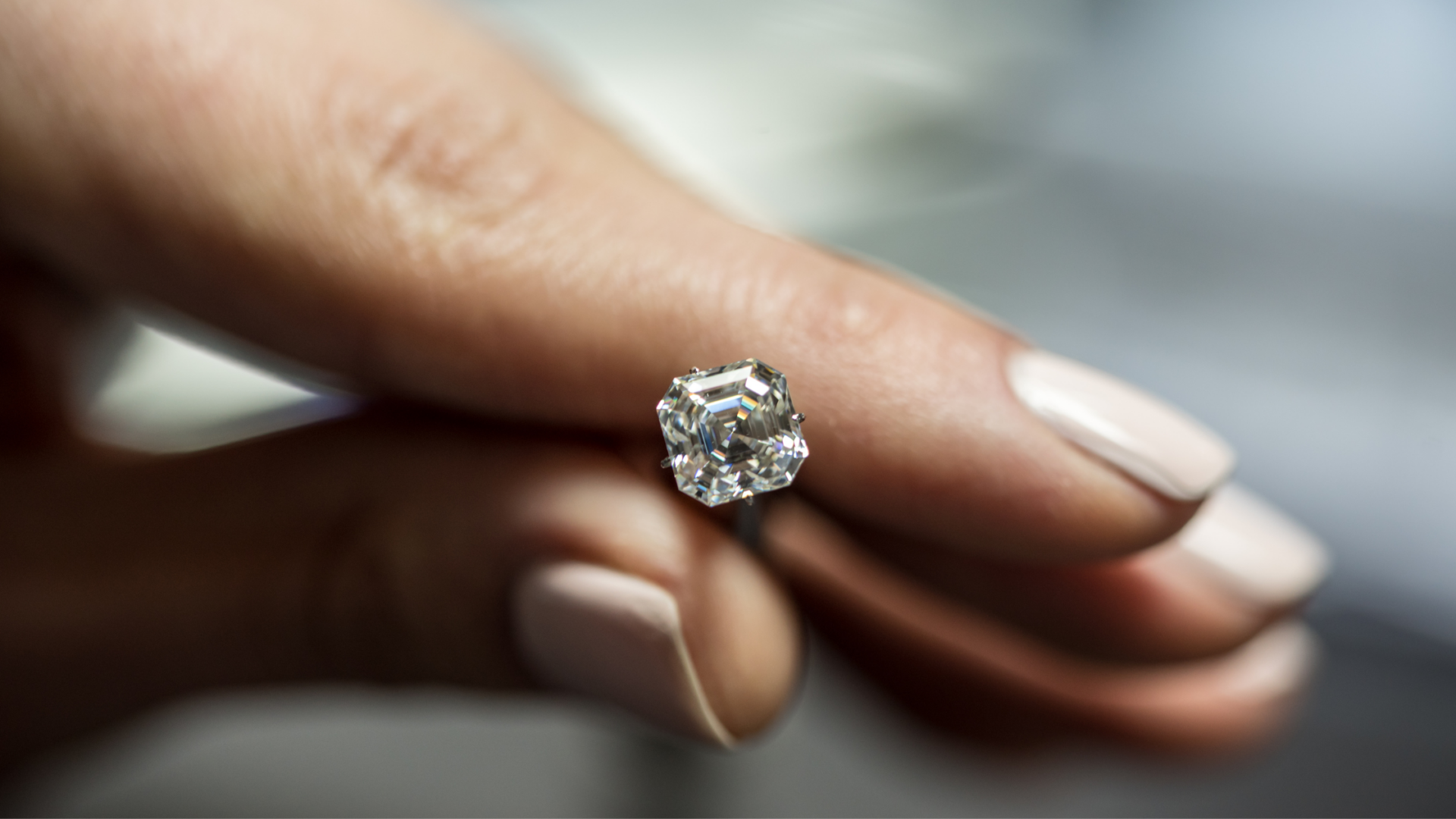DBM
Shiny_Rock
- Joined
- Oct 24, 2006
- Messages
- 404
Probably discussed before but i couldn''t find it in searching.
I''d like to know from the appraisers and/or vendors out there how often you encounter appraisals made before the ring is finished. (the idea being the customer can walk out the store with confindence that it is already insured). Would you say that''s common practice?
Also, irrespective of what is or is not done, what is the official legal policy vis-a-vis the insurance company. Is it officially illegal to appraise a diamond ring in a mounting before the diamond has been set in the mounting?
Thank you all in advance
DBM
I''d like to know from the appraisers and/or vendors out there how often you encounter appraisals made before the ring is finished. (the idea being the customer can walk out the store with confindence that it is already insured). Would you say that''s common practice?
Also, irrespective of what is or is not done, what is the official legal policy vis-a-vis the insurance company. Is it officially illegal to appraise a diamond ring in a mounting before the diamond has been set in the mounting?
Thank you all in advance
DBM




300x240.png)